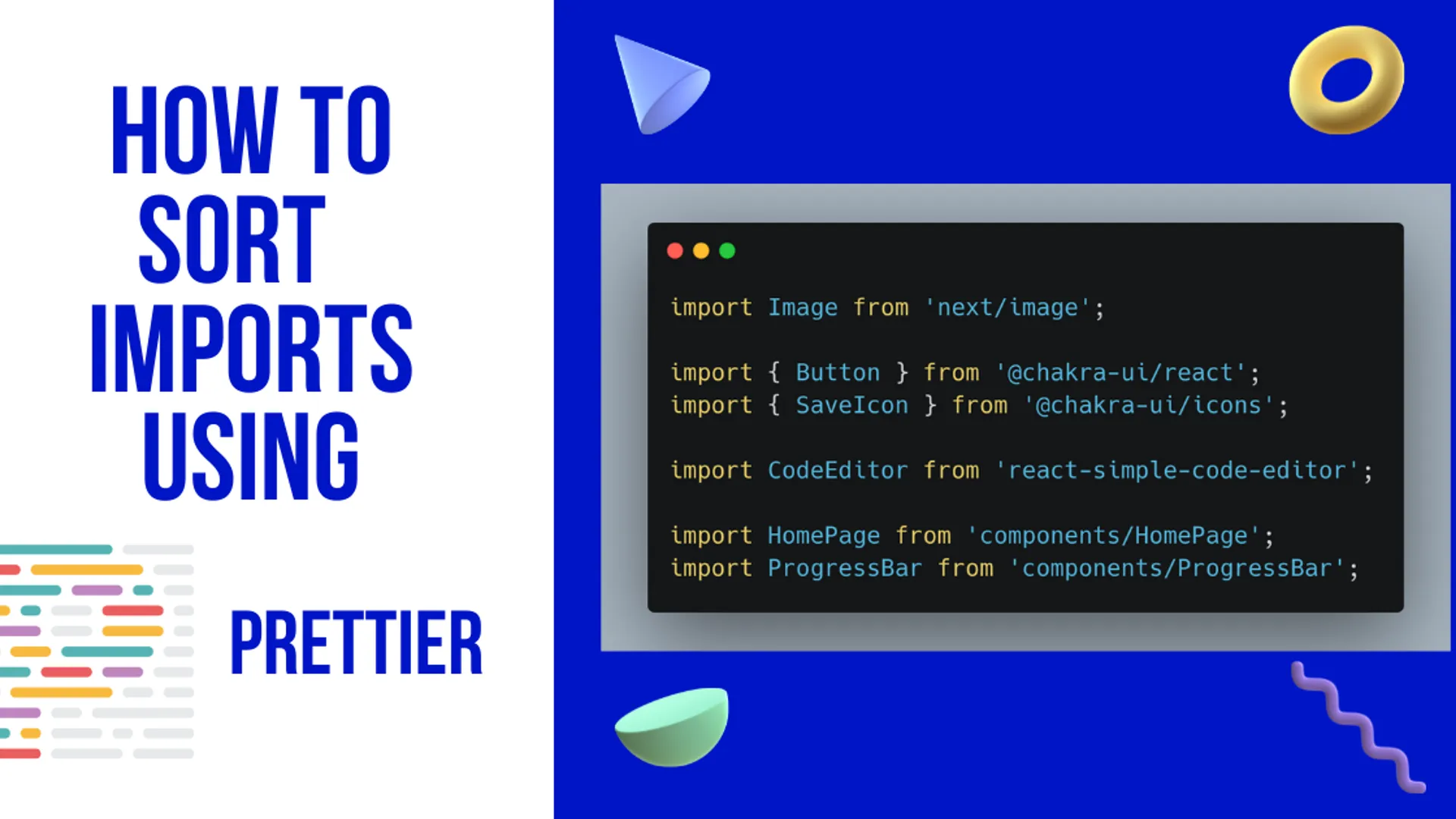Hey developers! Are you all bored of the pretty common Hello World! program you get to see in each programming tutorial?
Well, we have come up with a unique Next-gen Hello World program challenge that would surely flex your coding muscles and help you learn advanced concepts in your favourite programming language in a fun and interesting way!
The Challenge
The challenge is pretty simple ![]() , here’s what you have to do:
, here’s what you have to do:
Write a program that keeps on printing Hello World to the console in a loop, but after a time delay that is mentioned by the user.
The delay between each console output should be 1 second.
At the time of execution of the code, the user may enter the letter “s” (without quotes) on the console to stop the process.
Here’s basically what you have to do:
$ <Command to run your code>
Please enter the delay duration in Seconds: 5 <- user wants 5 second delay between each output
Type 's' without the quotes to stop the program.
5
4
3
2
1
Hello World!
5
4
3
s <- User inputs "s" to stop the program
$ <Back to terminal>
Seems pretty easy, right? ![]()
WAIT BEFORE MOVING AHEAD! At this point, I’d like you to think over the problem and share what you come up with in the comments section below!
You could use any language of your choice! Here, in this article, I’ll explain how to implement the above logic in Java.
Why Java?
Spoiler alert! Reading any further would reveal the concepts needed to solve this problem!
We’ll use Java for this problem because it supports Multi-Threading out of the box. This means that we can run multiple blocks of codes at the same time, using different cores of the CPU. Any language with this capability can easily solve this problem.
General Solution
Here’s the thought process needed to solve this problem: We would run two threads, one for handling the console outputs and the other for user inputs. The user input thread would be responsible for checking if the user has entered “s” on the console. If yes, the output thread would be terminated.
We will use a flag boolean variable (initially set to true) that would be set to false when the user enters “s” on the console. The output thread would terminate once the flag is set to false.
Java Solution
Let’s dig into the coding part!
Creating and initializing required variables
Here’s the blueprint of the code we’ll start with:
import java.util.*; // all the classes we need to use are imported here
public class NextGenHelloWorld {
// variables
private static int time; // stores the time delay for "Hello World!" to appear on console
private static String input = "nothing"; // stores what is entered by the user to the console
private static Thread outputThread, inputThread; // threads for output and input
private static Scanner scanner; // Scanner object handles console inputs
private static boolean flag = true; // checks if threads should be stopped or should continue
public static void main(String[] args) {
// code goes here
}
}
These variables will help us to keep track of the state of the program:
-
time: This variable stores the time delay entered by the user for Hello World! to appear on the console. -
input: This variable stores the input by the user to the console. Later, it would be used to check if what the user has entered is the letter “s”. -
outputThreadandinputThread: These variables store the thread instances for the output and input threads respectively. -
scanner: This variable stores theScannerobject that handles console inputs. -
flag: This variable is a boolean variable that is set totrueinitially. It is set tofalsewhen the user enters “s” on the console.
init() block
We will make an init() function inside the class to initialize the undeclared variables.
static void init() {
scanner = new Scanner(System.in);
// until a valid integer value is provided for the time
// keep asking for it
while (true) {
try {
System.out.print("Please enter the delay duration in Seconds: ");
time = scanner.nextInt();
if (time < 0) throw new InputMismatchException(); // we don't want negative integers
break;
} catch (InputMismatchException e) {
System.out.println("Not a valid positive integer, try again");
}
scanner.nextLine();
}
// general info
System.out.println();
System.out.println("Type 's' without the quotes to stop the program.");
System.out.println();
}
Here, we initialize the scanner variable and create a loop to ask for user input.
The loop will keep asking for the input until the user enters a valid integer value for the time delay. The code for asking for user input is wrapped inside a try-catch block, to handle the case where the user enters an invalid input.
When a valid input is received, we break the loop and print some general information for the user on how to close the program.
Don’t forget to call the init() function inside the main() function!
public static void main(String[] args) {
// initialise stuff
init();
// other things should start after init()
}
Creating threads
The sleep function
Before creating the threads, we need to create a function that would simulate 1 second delay. We will use this function to add 1 second delays whenever we need to.
public static void sleep() {
try {
Thread.sleep(1000); // 1000 millisecond = 1 second
} catch (InterruptedException e) {
System.err.println(e.getMessage());
}
}
Here, we call the sleep() function of the thread class to add a 1 second delay. Let’s move ahead to the threads!
Output Thread
As discussed earlier, the output thread will keep logging Hello World! along with a count-down timer that starts with what the user has entered for the time delay.
Let’s code this thread! Threads in java require Runnable objects to be created, inside which we override the run() method and define what needs to be executed inside the thread.
Here’s the code for the output thread:
outputThread = new Thread(
new Runnable() {
@Override
public void run() {
// continue printing if not stopped
while (flag) {
for (int i = time; i > 0; i--) {
if (!flag) break; // if stopped, break loop
System.out.println(i);
sleep(); // 1 second delay
}
if (!flag) break; // if stopped, leave prining
System.out.println("Hello World!");
sleep();
}
}
}
);
Here, we run a while loop that keeps a check on the flag variable. Unless it is false, it keeps printing the count-down and the Hello World! message using a for loop.
Notice how we put if (!flag) break; at 2 places. This is because we want the loop to break as soon as flag becomes false.
That’s it for the output thread!
Input Thread
The input thread would follow the same logic as the output thread. It would keep on listening for user inputs and store it inside the input variable. Once the input matches “s”, the variable flag would become false and the output thread would terminate because of this!
inputThread = new Thread(
new Runnable() {
@Override
public void run() {
// while not stopped, continue to listen for inputs
while (flag) {
input = scanner.nextLine();
// if "s" found, break the loop
if (input.toLowerCase().equals("s")) {
flag = false;
break;
}
}
}
}
);
We use the toLowerCase() method to convert the input to lower case so as to avoid case sensitivity issues.
Try to run the program and see what happens! To your surprise, it won’t do anything after asking input for the time delay.
That happens because we didn’t call the start() function on the threads! It’s important to start the threads otherwise they won’t run after initialization.
// start the threads
inputThread.start();
outputThread.start();
Final Code
By now, the final NextGenHelloWorld.java file should look like this:
import java.util.*;
public class NextGenHelloWorld {
// variables
private static int time; // time to be taken to print Hello World
private static String input = "nothing"; // checks what is entered
private static Thread outputThread, inputThread; // threads for output and input
private static Scanner scanner; // gets inputs
private static boolean flag = true; // checks if threads should be stopped or continued to run
public static void main(String[] args) {
// initialise variables and input timer seconds
init();
// output thread handles console outputs
outputThread = new Thread(
new Runnable() {
@Override
public void run() {
// continue printing if not stopped
while (flag) {
for (int i = time; i > 0; i--) {
if (!flag) break; // if stopped, break loop
System.out.println(i);
sleep(); // 1 second delay
}
if (!flag) break; // if stopped, leave prining
System.out.println("Hello World!");
sleep();
}
}
}
);
// input thread handles whether to stop the program or not
inputThread = new Thread(
new Runnable() {
@Override
public void run() {
// while not stopped, continue to listen for inputs
while (flag) {
input = scanner.nextLine();
// if "s" found, break the loop
if (input.toLowerCase().equals("s")) {
flag = false;
break;
}
}
}
}
);
// start the threads
inputThread.start();
outputThread.start();
}
// simulates 1 second delay
public static void sleep() {
try {
Thread.sleep(1000);
} catch (InterruptedException e) {
System.err.println(e.getMessage());
}
}
// initialise stuff
static void init() {
scanner = new Scanner(System.in);
// until a valid integer value is provided for the time
// keep asking for it
while (true) {
try {
System.out.print("Please Enter the delay duration in Seconds: ");
time = scanner.nextInt();
if (time < 0) throw new InputMismatchException(); // we don't want negative integers
break;
} catch (InputMismatchException e) {
System.out.println("Not a valid positive integer, try again");
}
scanner.nextLine();
}
// general info
System.out.println();
System.out.println("Type 's' without the quotes to stop the program.");
System.out.println();
}
}
It’s pretty long but I’m sure you understand most of it!
You can find all the code for this tutorial in this repository:
Conclusion
In this article, we got to learn how to use the Multi-Threading approach to solve this unique Next-gen Hello World program Challenge.
I would like to thank Kushagra for providing the idea for the problem. He came up with it some months ago and we spent time solving it together. I find this concept very intuitive and enjoyed writing this article.
I hope you find this article useful. I would love to hear your feedback and suggestions on how to improve this tutorial in the comments section below!
And yes, don’t forget to share the code for the implementation of the logic, in your favourite programming language :)










